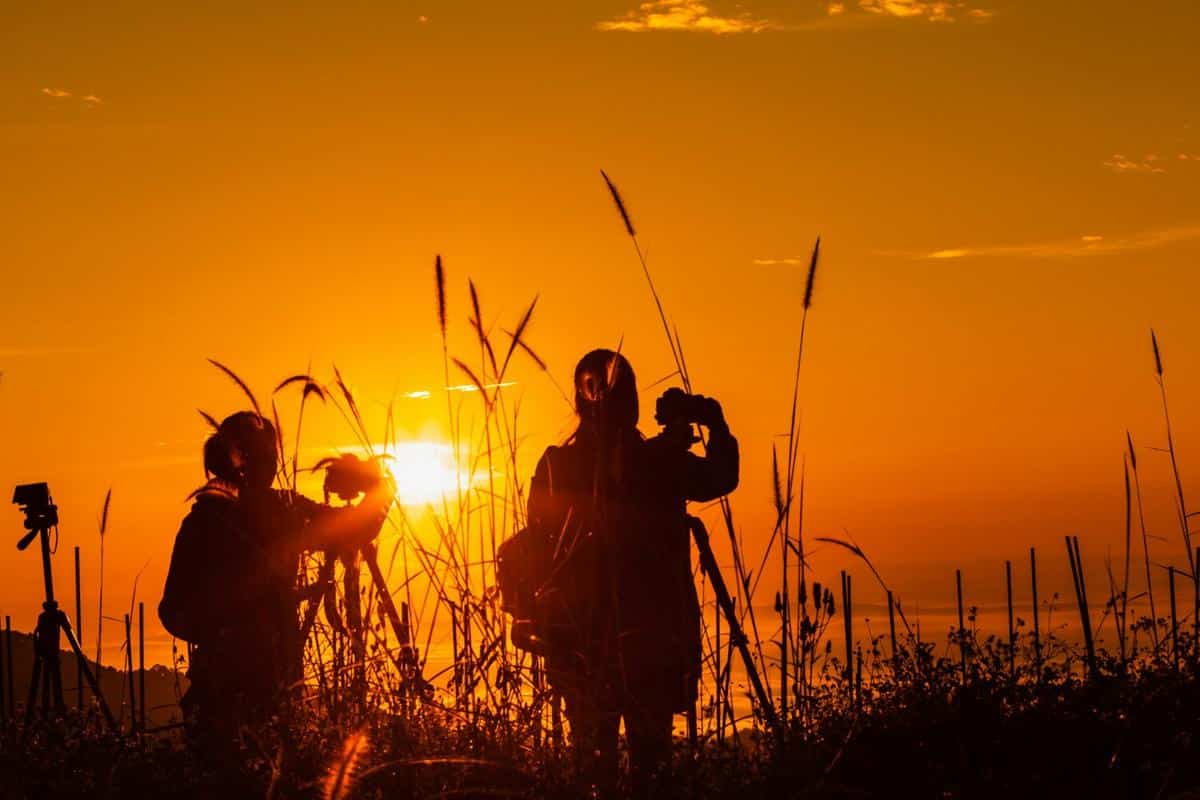
Landscape Photography Tips: Capturing the Perfect Nature Shot
Embarking on the art of landscape photography opens up a world of creativity and precision, where capturing the perfect nature shot requires both skill and intuition. In this guide, we will explore essential tips to enhance your landscape photography skills, ensuring you capture nature’s beauty in its purest form.
Understanding the Basics of Landscape Photography
Landscape photography is not just about pointing your camera at a beautiful scene. It involves a deep understanding of the elements that make up a great photo, such as light, composition, and perspective. Ansel Adams, a renowned figure in landscape photography, once emphasized the importance of understanding the interplay of light and shadows in creating compelling images.
Expert Insights
According to professional photographer Alex Noriega, “The key to a stunning landscape photo is patience and timing. You need to wait for the right light and be ready to capture the moment when it presents itself.” This sentiment is backed by numerous studies that highlight the golden hour—shortly after sunrise or before sunset—as the ideal time for landscape photography.
Essential Equipment
| Equipment | Purpose |
|---|---|
| DSLR/Mirrorless Camera | High-quality images with manual settings |
| Wide-Angle Lens | Captures expansive scenes |
| Tripod | Stability for long exposures |
| Polarizing Filter | Reduces glare and enhances colors |
| ND Filter | Allows for long exposure in bright light |
| Remote Shutter Release | Prevents camera shake |
| Lens Cleaning Kit | Keeps lenses spotless |
| Portable Battery Pack | Ensures camera stays powered |
Composition Techniques
Applying the rule of thirds, leading lines, and framing can significantly enhance your photos. Each technique guides the viewer’s eye to the focal point and adds depth to the image. Experiment with these methods to find what works best for your style.
Consider using natural elements like trees or rocks to frame your subject and create layers within your image.
Personal Anecdote
On a recent trip to the mountains, I found that pre-dawn preparation allowed me to capture the mist rising off a serene lake, creating a magical atmosphere. This experience taught me the importance of being prepared and adaptable to changing conditions.
Actionable Tips
- Scout your location ahead of time to find the best vantage points.
- Use a tripod for stability, especially during low light conditions.
- Experiment with different shutter speeds to capture motion, like flowing water or swaying trees.
- Keep an eye on the weather forecast to anticipate dramatic skies or challenging lighting.
Frequently Asked Questions
What is the best time of day for landscape photography?
The golden hour, shortly after sunrise and before sunset, offers soft, warm light that enhances landscape photos.
Do I need expensive equipment to take great landscape photos?
While good equipment can enhance your photography, understanding composition and light is more crucial for capturing stunning images.
How can I make my photos stand out?
Experiment with unique angles, and ensure your photos tell a story or convey emotion.
Conclusion
Capturing the perfect nature shot in landscape photography requires a blend of patience, preparation, and creativity. By understanding the fundamentals, using the right equipment, and implementing effective composition techniques, you can elevate your photography game. Remember, each photo is an opportunity to showcase nature’s beauty, so take your time to explore and experiment. Happy shooting!